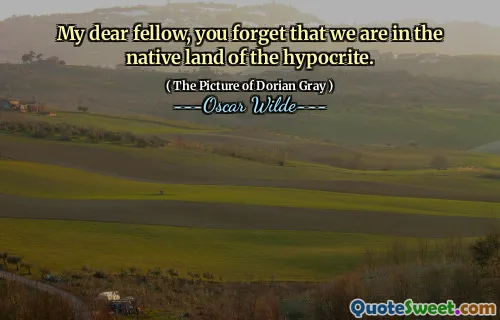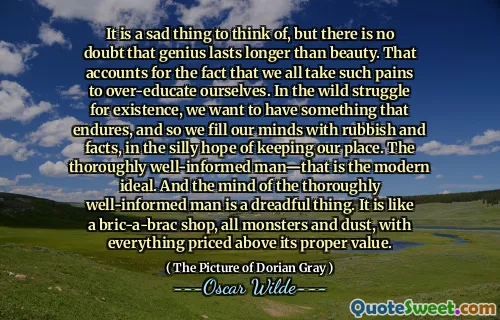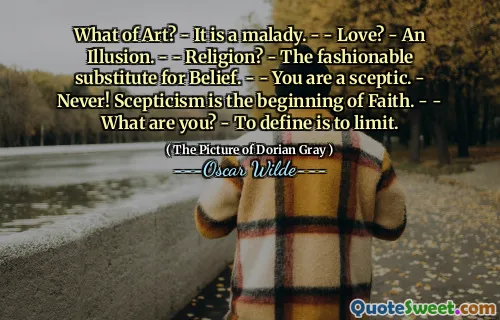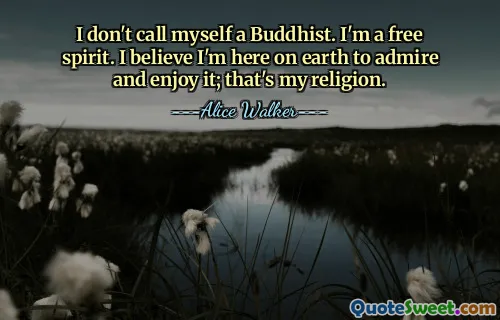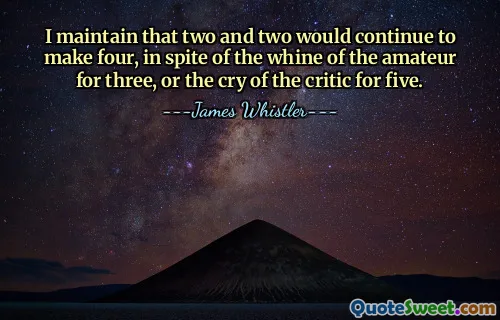
And, certainly to him Life itself was the first, the greatest, of the arts, and for it all the other arts seemed to be but a preparation.
Oscar Wilde's assertion elevates the significance of living fully and authentically as an art form in itself. Life, in this perspective, is not merely a series of biological events but an intricate masterpiece that requires creativity, sensitivity, and appreciation—traits often associated with artistic endeavors. Wilde suggests that the art of living involves aesthetic awareness, moral cultivation, and embracing experiences with a nuanced perspective, turning existence into a form of creative expression. In doing so, every moment becomes a brush stroke, every interaction a harmony of colors, and every challenge a canvas for resilience. This view encourages us to approach life consciously, recognizing its beauty and complexities rather than viewing it as a passive or merely functional process. It also implies that the other arts—such as literature, music, and painting—serve as preparation or complements to the ultimate art: a well-lived life. Undertaking artistic pursuits can enhance our capacity for empathy, reflection, and joy, which in turn enrich our existence and enable us to find meaning amidst chaos. Wilde's perspective invites individuals to see the art of living as an ongoing, dynamic process—one rooted not only in achievement but also in appreciation, mindfulness, and contribution. Such a philosophy motivates us to engage deeply with our lives, making aesthetic and moral choices that cultivate happiness and fulfillment, ultimately transforming life into a masterpiece worthy of admiration.
